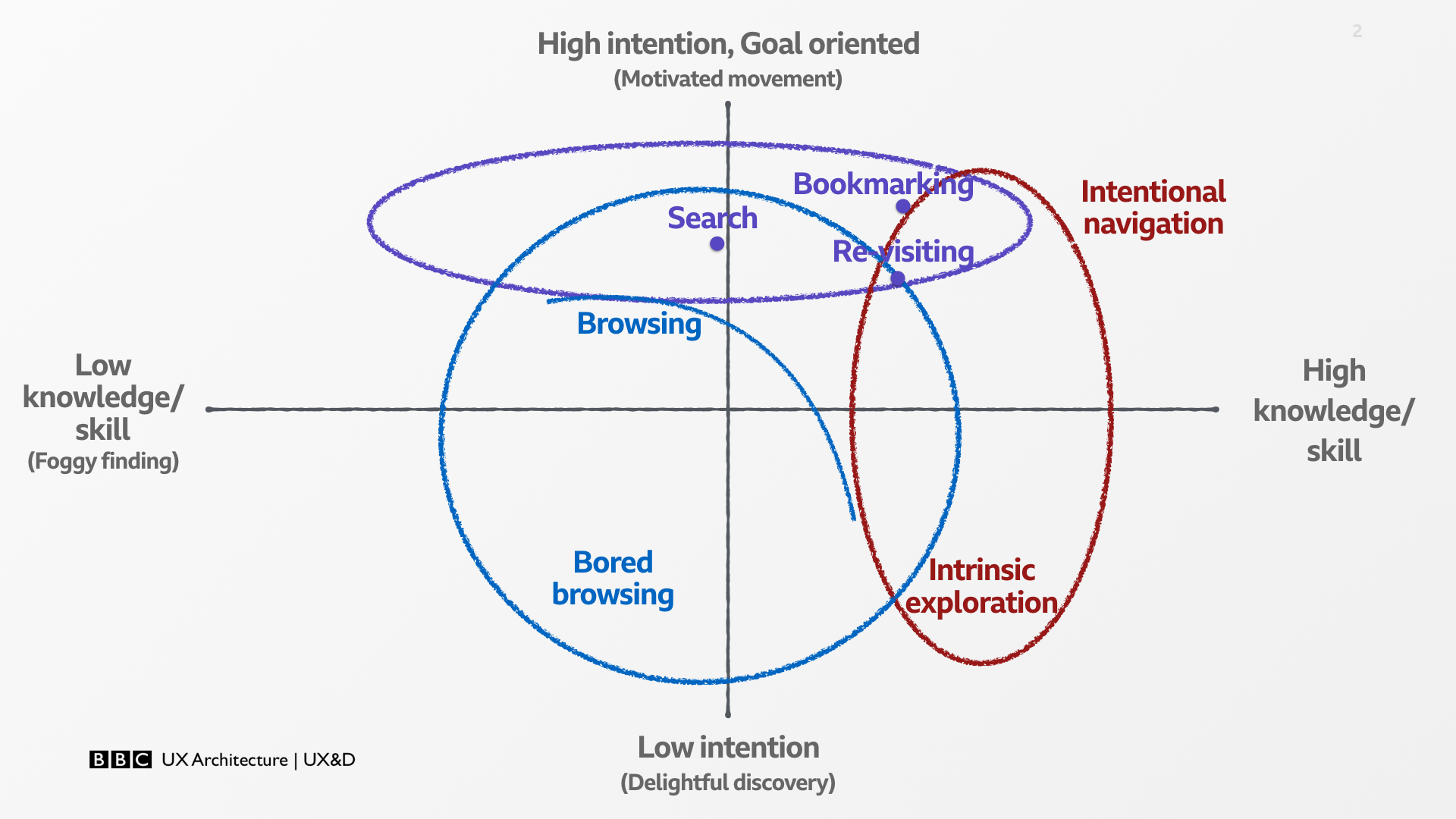-
Teaming with the Virus, UX New Zealand 2020
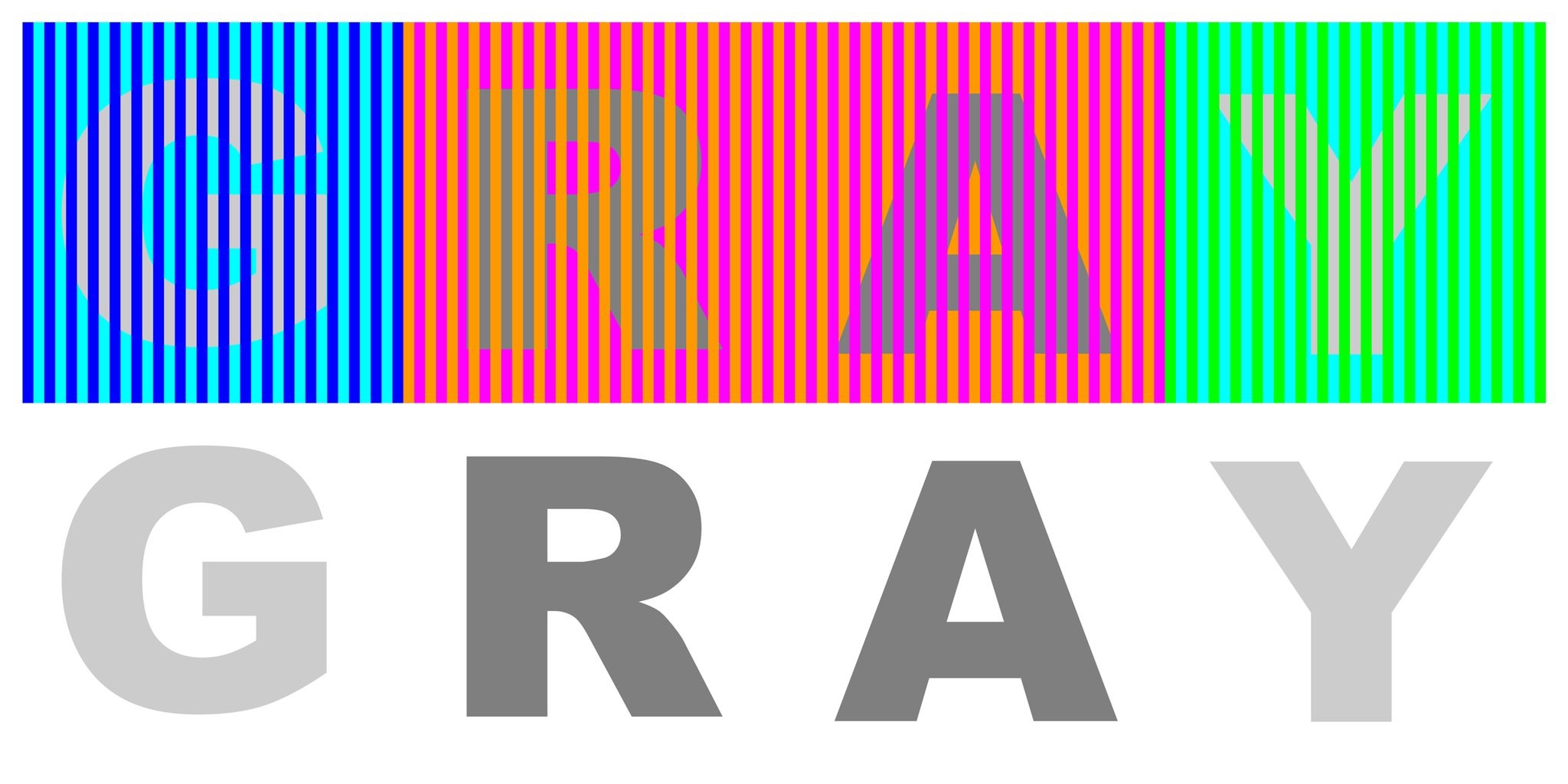
Here is the text of the talk I gave at UX New Zealand: It’s great to be back at UX New Zealand, if only virtually. I got the speak at this conference in 2016 and loved the feeling of community. Now I’m sat here, on my own, imagining you, sat in a room on the…
-
How do you do IA?

Being an information architect is hard. I think two of the biggest challenges to working as an IA are that we often work independently and every project is different. It’s hard to learn from others and getting experience takes time. There are definitely things that each IA can learn from looking at the practice of…
-
Confidence, competence and curiosity
Here are about 3,000 words about the growth mindset, confidence, competence and imposter phenomenon. This is the culmination of thinking I’ve done about how to support myself and others to be more engaged and thoughtful about development and the things that stand in the way of growth. I presented some of these ideas at The…
-
Intentional architecture
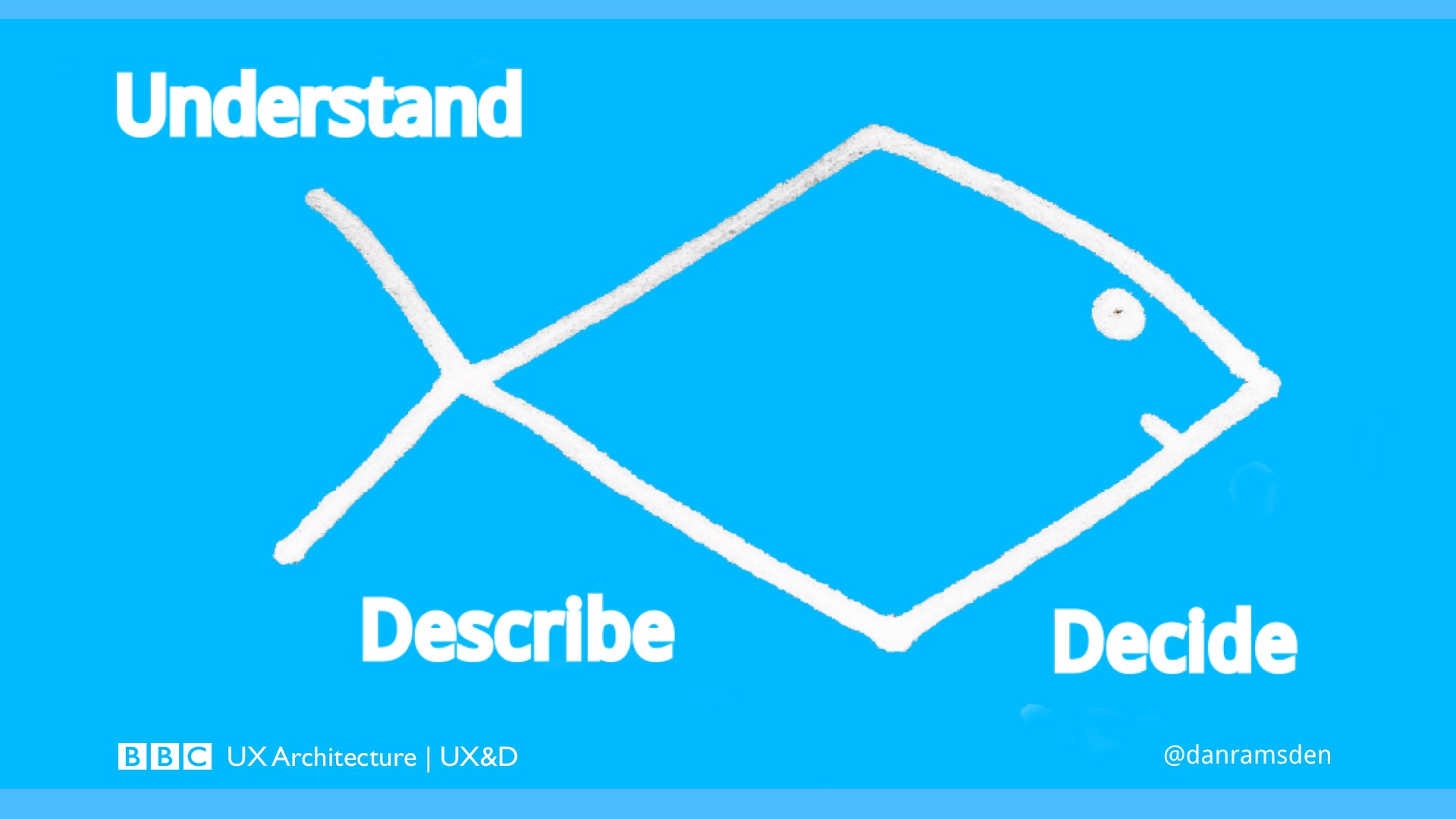
Why do information architects make an intentional effort to architect things? It’s to make them easier to make sense of and use.
-
What did linked data ever do for us anyway? – from BBC Academy

Linked data is the super-structure over which content is stretched and experiences flow. It can switch our taxonomic thinking into ontological thinking. So we can move beyond classifying content using just hierarchies and start describing the real world richness that connects our content together. Linked data can power the online journeys of the future, and…
-
Pace layers, effort/impact and futures cones — three diagrams to help you plan as a UX architect

How do you think about and plan your portfolio of projects when you’re part of an internal design team? It’s sometimes hard to spot achievements in my job. It can also be tricky to plan where I can have most impact. Much of the work of an IA is relatively invisible. IAs spend their time…
-
Reflective practice in information architecture, IA Summit 2017
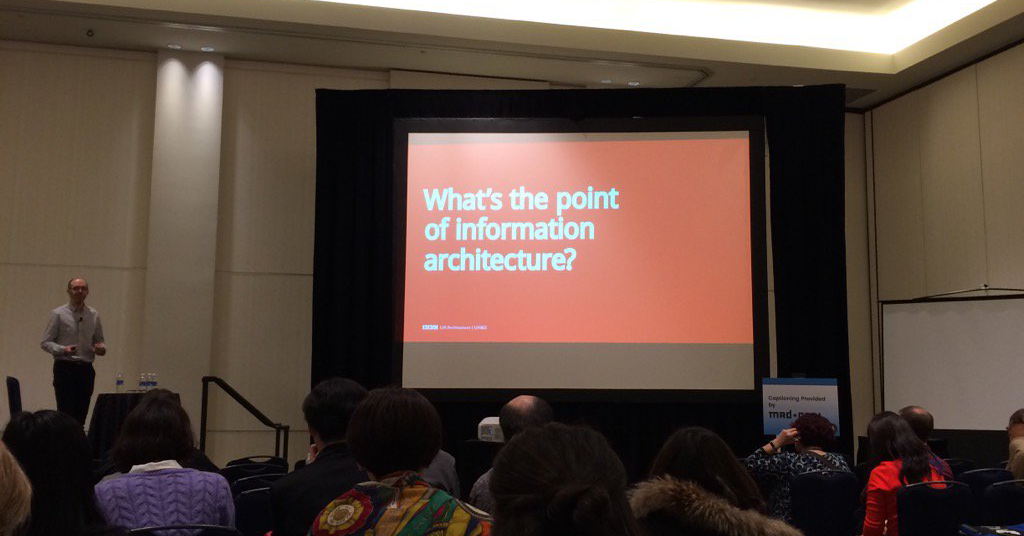
Photo credit Peter Morville Using the model At IA Summit in 2017 I shared a model that I’ve been using to consciously focus my attention on the challenges I face and the value I bring to teams and projects. The model is in the shape of a fish — a rough approximation of the divergent and convergent process I…
-
Behaviour sets and stories

The Moleagle is comfortable with zoomed-out strategic thinking and they love to dig down into the detail too. I’ve described how taking a zoomed out view as you consider a Primary mode of information seeking helps you understand the core of your information offer. Once you’ve identified your Primary mode you can move a little lower towards…
-
Designing navigation and supporting seeking
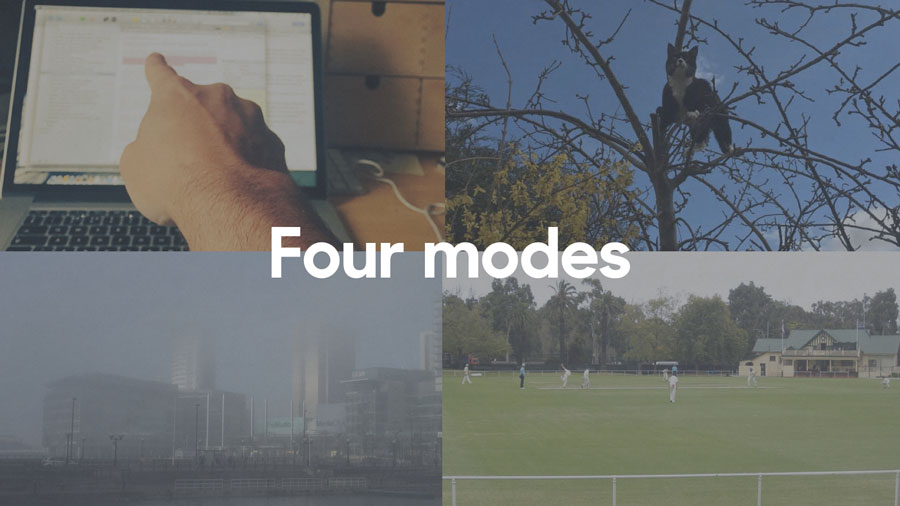
What’s the point of coming up with information architecture or a model to describe behaviour if it isn’t useful? Models should help you understand and make decisions – they’re a means to an end. IA is a means to an end too – it helps people make sense of stuff. I’m going to share with you…
-
Not necessarily navigation

If you want to understand something, look towards the boundaries* The edges of things are interesting. IAs should be comfortable identifying that distinct boundary that marks the end of one thing and the beginning of another. We know the power of thinking about the ‘thingness’ that makes a thing the thing that it is. But…
-
Foggy finding – navigation with persistence

You can’t always get what you want… Information is a delicate, immaterial thing. Information-rich environments present challenges – to designers and actors navigating them. Environments intersect and overlap. Actors have different needs at different times. Information changes. Content and the spaces that contain it alter and evolve. The means to access information vary. Truth is…
-
Delightful discovery – navigating the unknown

The world is full of wonders yet to be discovered. Good navigation often results in discovery – ask John Mandeville. Sometimes we want to encourage and support an explorer mindset in our audience. We create new content, features and services. Information architects must be able to empower actors to find them. My second category focuses…
